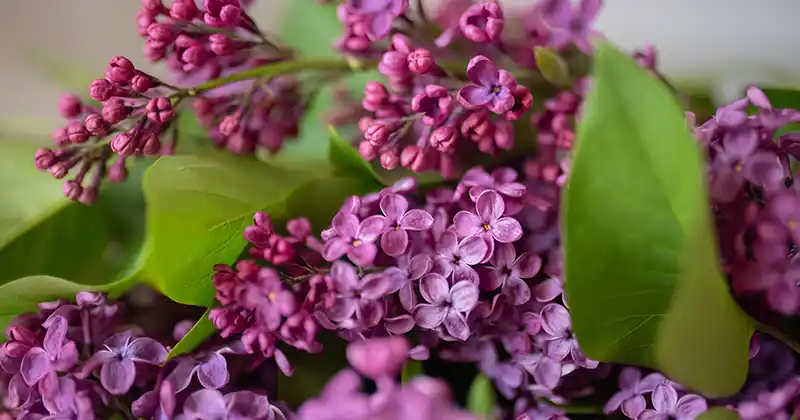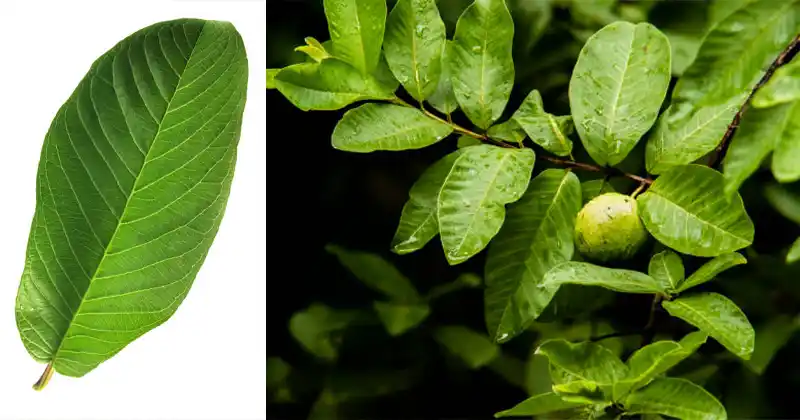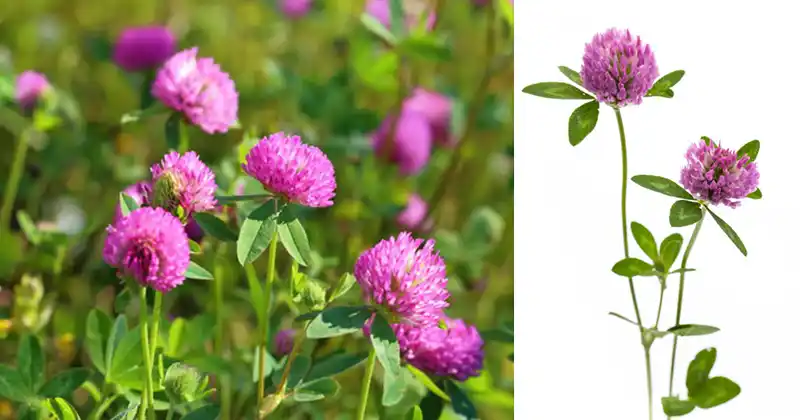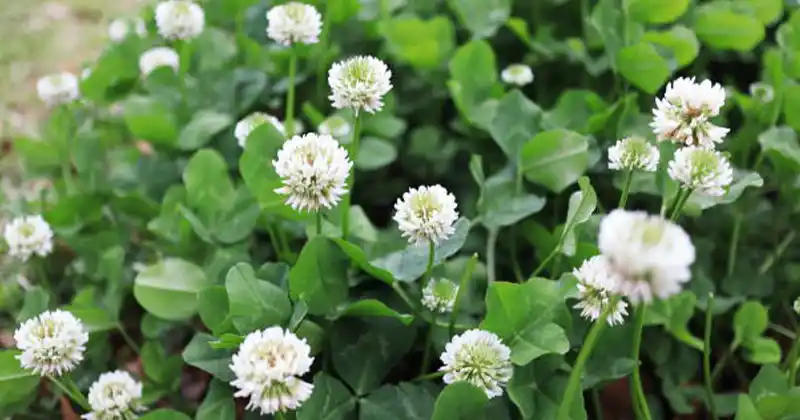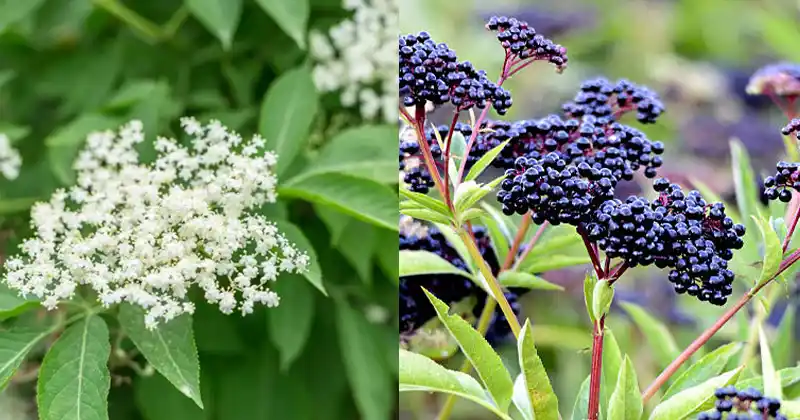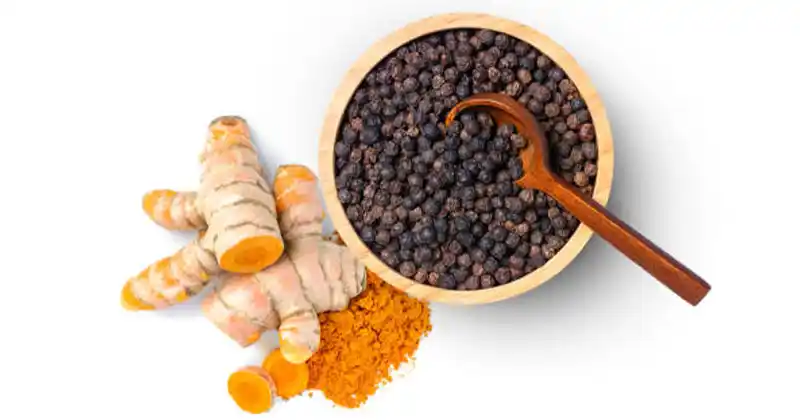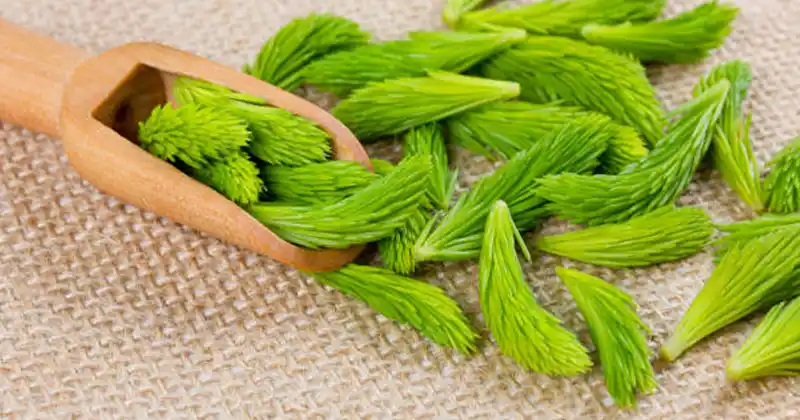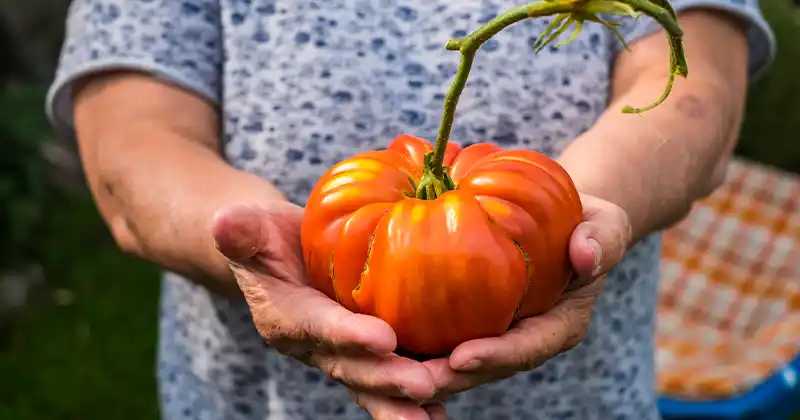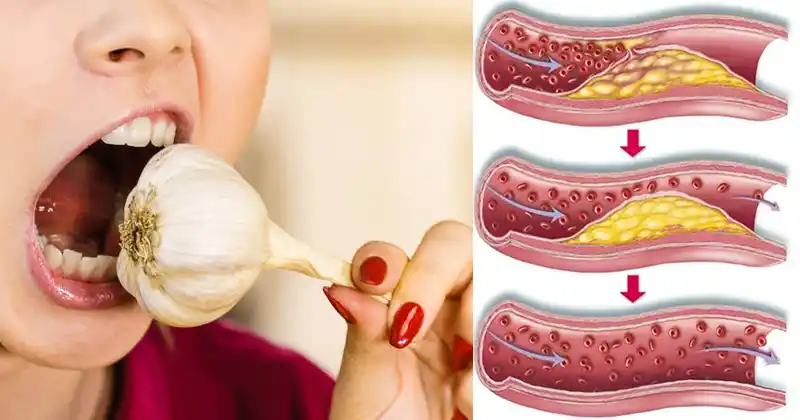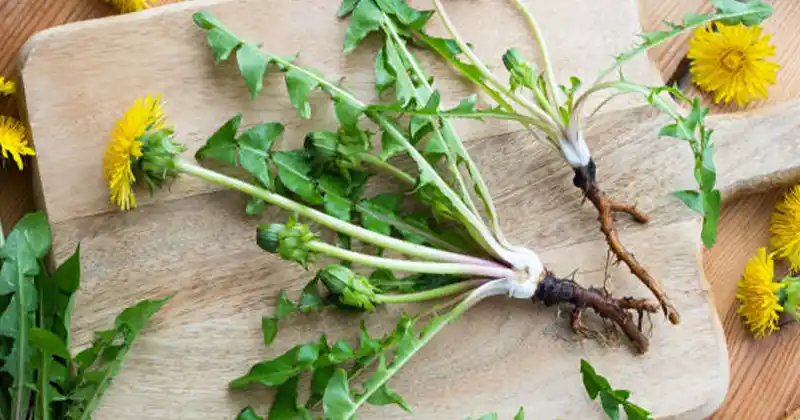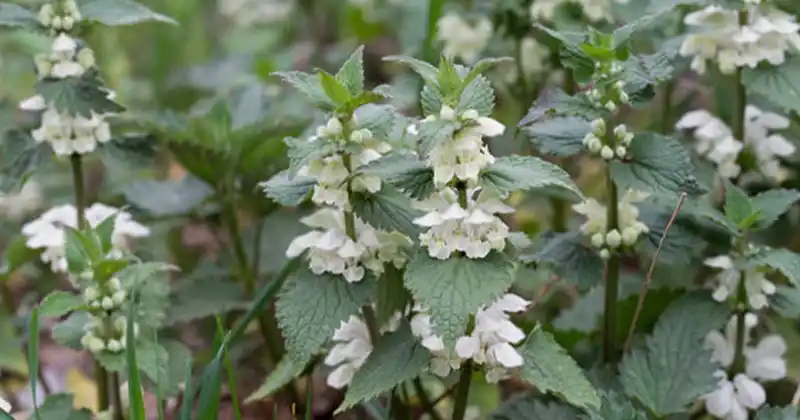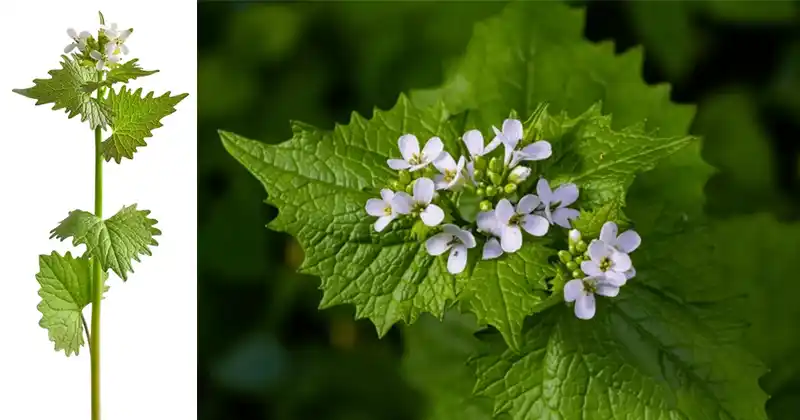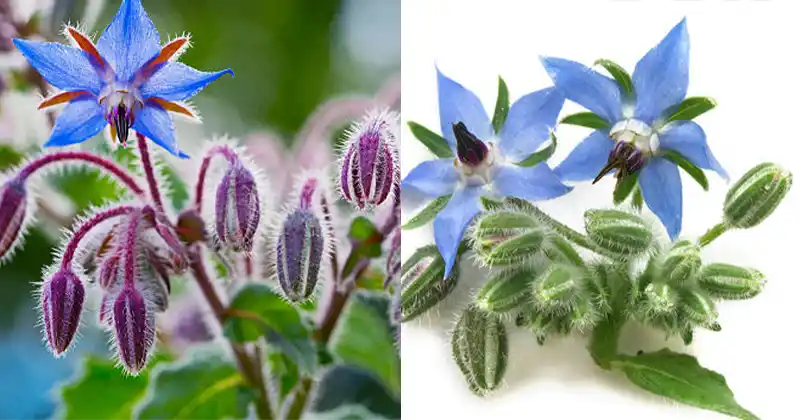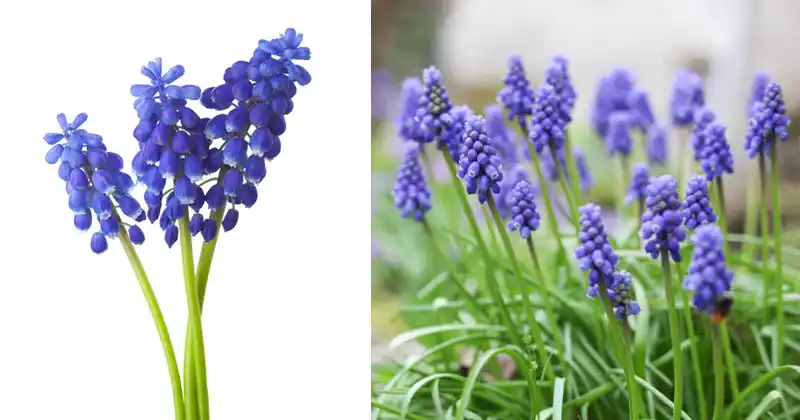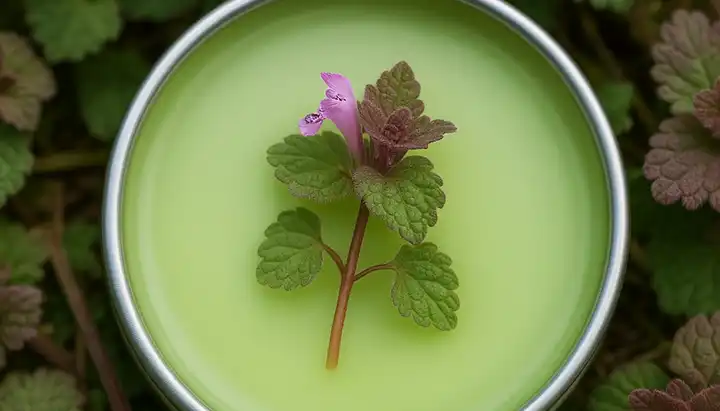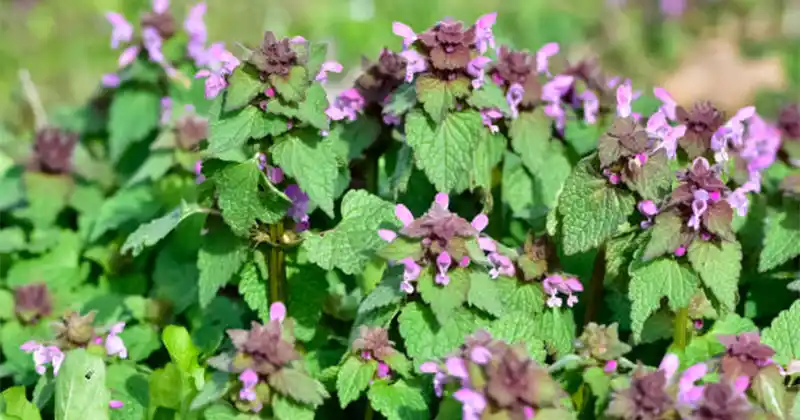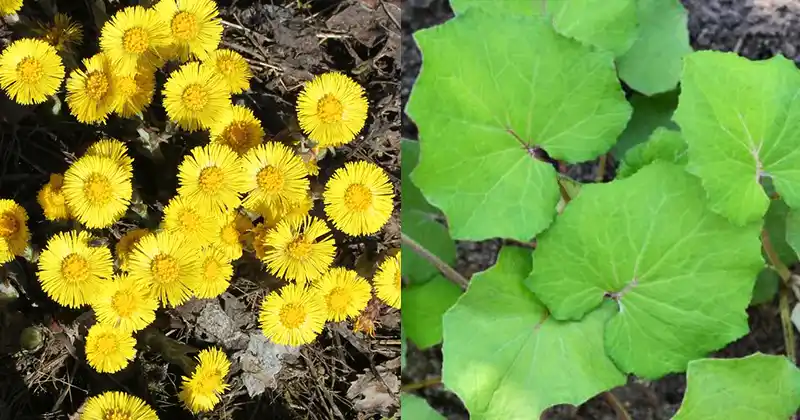How to Identify, Collect, Store, and Use Purple Deadnettle (Lamium purpureum) the Right Way
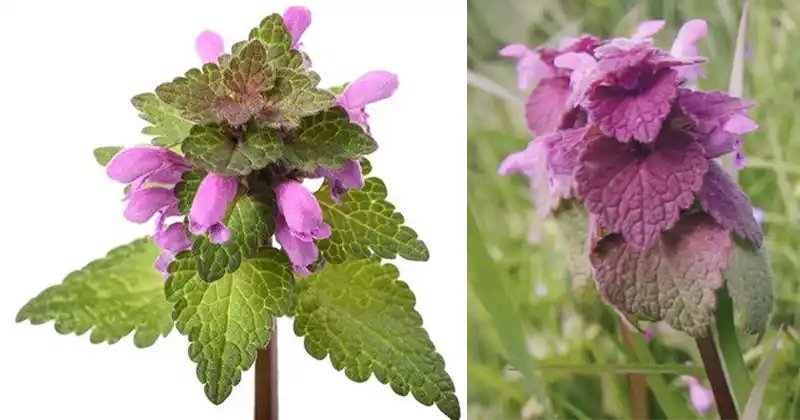
Purple Deadnettle (Lamium purpureum) is a wild plant that many people overlook, but those who know it understand its true value. While others pull it out as a weed, the wise see a free and powerful gift from nature. If you want to take full advantage of this plant for wellness and homemade uses, it all starts with correctly identifying it and knowing how to handle it properly. This guide will walk you through how to find it, harvest it, store it, and finally how to use it effectively.
How to Identify Purple Deadnettle
Correct identification is essential. Mistaking it for a look-alike could be unpleasant or even dangerous, so pay attention to these unique features:
1. Shape and Size
- Growth Habit: Low-growing annual; forms patches that spread close to the ground.
- Height: Usually between 5 to 30 cm tall.
2. Leaves
- Lower Leaves: Bright green, heart-shaped with scalloped edges.
- Upper Leaves: More purplish in color, especially toward the top. These are smaller, slightly fuzzy, and form a distinct “stacked” appearance.
- Texture: Soft and a bit hairy to the touch.
3. Stems
- Shape: Square stems (a common trait in the mint family).
- Color: Often has a reddish or purplish hue, especially near the top.
4. Flowers
- Color: Small, tubular flowers with a pink to purple color.
- Season: Blooms appear in early spring but can persist into summer in cooler climates.
5. Smell
- Mild, earthy scent. When crushed, leaves do not release a strong odor, unlike many other mints.
Where and When to Find It
Purple Deadnettle thrives in:
- Disturbed soil (gardens, paths, fields, roadsides)
- Sunny to partly shaded areas
- Early spring to late summer, depending on climate
It’s one of the first wild greens to appear after winter, making it valuable during seasons when other herbs are unavailable.
How to Collect Purple Deadnettle
What to Pick
- Choose healthy plants growing in clean, pesticide-free areas.
- Top parts (young purple-green leaves and flowers) are best for drying and eating.
- Avoid leaves with spots, holes, or signs of decay.
How to Harvest
- Use scissors or pinch off the top 5–10 cm of the plant.
- Harvest mid-morning, after the dew has dried but before full sun exposure.
- Only take what you need, and always leave some for pollinators and regrowth.
How to Store and Preserve It
To enjoy Purple Deadnettle year-round, preservation is key.
1. Drying
The most common method to preserve the plant.
- Step 1: Rinse gently with water to remove dirt or bugs.
- Step 2: Pat dry with a clean towel.
- Step 3: Lay leaves and flowers on a drying rack or paper towel in a warm, shaded, and well-ventilated place.
- Step 4: Turn daily for even drying.
- Step 5: Store in an airtight glass jar away from sunlight and moisture once completely dry (2–5 days depending on conditions).
Tip: You can also dry them using a dehydrator at low temperature (below 40°C / 104°F).
2. Freezing (Optional)
For short-term use, you can:
- Rinse and pat dry
- Chop if needed
- Store in a zip-lock freezer bag or ice cube tray with water
How to Use Purple Deadnettle
Once you’ve stored it properly, here’s how you can use it:
1. Tea (Infusion)
- Steep 1 tsp dried leaves in hot water for 5–10 minutes.
- Strain and enjoy. Optional: add honey or lemon.
2. Powder
- Grind dried leaves and flowers into a powder using a spice grinder.
- Store in a dry jar.
- Add ¼ to ½ tsp daily to smoothies, soups, or sprinkled on food.
3. Salves and Poultices
- Infuse dried Purple Deadnettle in olive oil for 2–4 weeks (sunlight method or double boiler).
- Use infused oil for homemade salves for minor skin irritations.
4. Tincture
- Chop fresh plant and fill a jar with it.
- Cover with vodka or other high-proof alcohol.
- Let sit in a dark place for 4–6 weeks.
- Shake occasionally. Strain and bottle. Use in very small drops, under professional guidance.
5. Culinary Uses
- Fresh leaves can be added to salads, soups, omelets, or pestos.
- The flavor is mild and grassy, not minty, and works well in savory recipes.
Tips for Safe Use
- Introduce it slowly into your diet to test for allergies.
- Don’t use if the plant is growing in areas treated with chemicals.
- Always confirm identification using multiple sources or an expert if you’re unsure.
Take Advantage Year-Round
By drying and storing Purple Deadnettle properly, you can use it:
- In winter months when fresh greens are scarce
- As part of your homemade first aid kit
- To maintain general wellness naturally
Final Thoughts
Purple Deadnettle is much more than a backyard weed. When harvested and stored correctly, it becomes a year-round natural remedy and nutritious green you can turn to again and again.
⚠️ Disclaimer
This article is for informational purposes only and does not replace medical advice. Always consult a qualified health professional before using any wild plants for medicinal purposes. The authors of this content do not take responsibility for the misuse or misidentification of any plant.
